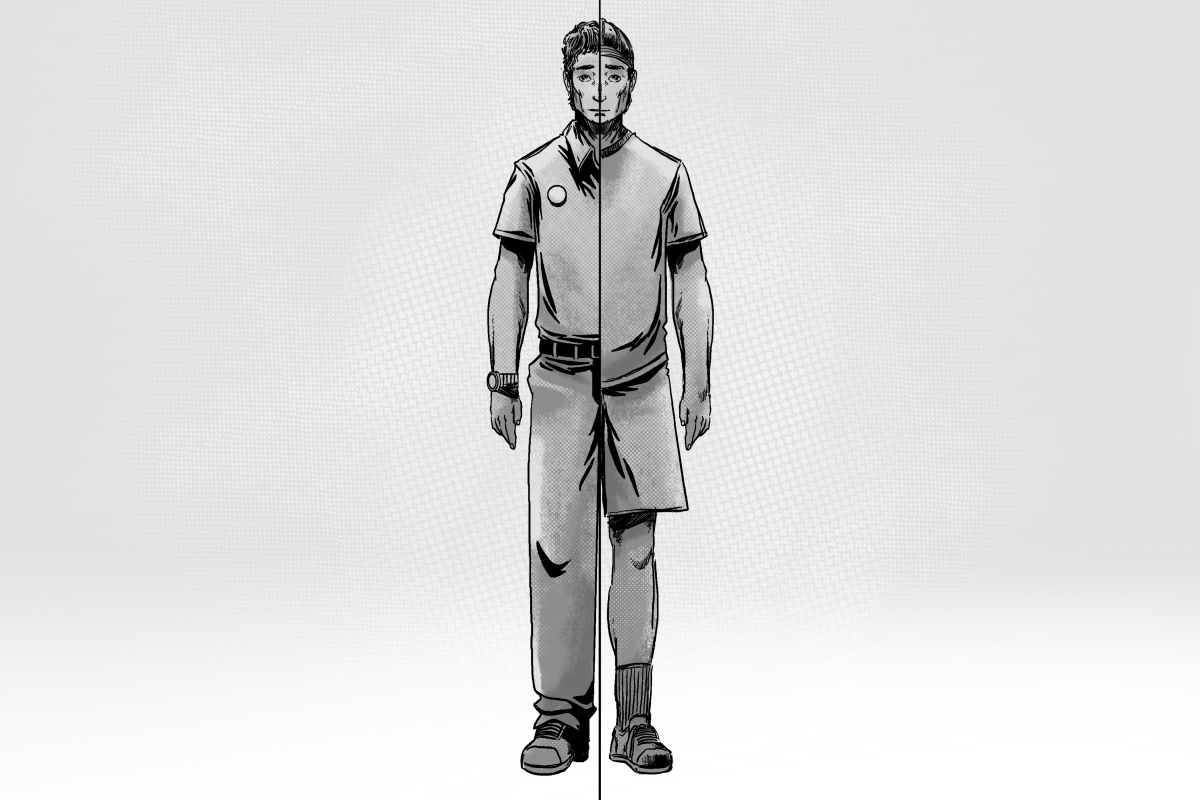We mentioned previously that an economist does not take a position. Economists evaluate the seen and unseen consequences of actions and choices. In this article, we evaluate instituting pay for play for college athletes. It is impossible to comprehensively discuss all aspects of the topic in such a small space. Implementation of pay for play is incredibly vast in its implications. Entire issues of The Reflector could be devoted to the topic. Instead, we break down only one element: employed athletes.
It is well-known and documented that the NCAA acts as a cartel. Many of the grievances of advocators and athletes are products of the activities of the NCAA. It restricts students’ ability to transfer schools and continue to play sports. It prevents students from receiving outside compensation for their athletic ability. Coaches are paid vast amounts, and NCAA executives make nearly $1 million per year. The circumstances have led some athletes to threaten unionization and demand pay for their play. This raises the question: does pay for play provide the solution or only create new problems?
Less known about college athletics is that the majority of athletic programs do not profit. USA Today reported, “Just 23 of 228 athletics departments at NCAA Division I public schools generated enough money on their own to cover their expenses in 2012. Of that group, 16 also received some type of subsidy.” The primary sports generating revenue are men’s basketball and football — all others operate at a loss. So, what happens when athletes demand pay for play?
The first hidden cost of legalizing pay for play is the adaptation of student-athlete into student-athlete-employee. Student-athletes would be deemed employees, and all of the employee benefits, such as health insurance and 401K options, would be realized. Also, student-athletes would be eligible to claim worker’s compensation for injuries sustained that leave damaging results post-graduation.
An additional unintended consequence of such policy is the decrease of international student-athletes. Identifying student-athletes as employees means these employees now have to obtain work visas and file I-20s, further increasing the barriers to international student-athletes wishing to play in the United States. One other glaring point to be made is the regulation of discrimination among male and female athletes. According to Title VII of the Civil Rights Act, no employer can discriminate pay among individuals performing the same task on the basis of gender. Two effects are possible: If universities are responsible for paying the salaries of athletes, the programs that run a deficit would see the deficit increase by requiring all students to receive equal pay (even those in non-revenue generating sports), and the universities would need to compensate for the increase in cost by raising ticket, concession and merchandise prices which would ultimately affect the fans of the sports.
Do athletes add value to universities? Yes. Should they be paid for their pay? That is not for us to say. The effects of implementing such policy carry innumerable unintended consequences. This examination of the student-employee is only the tip of the iceberg. As we said last week, and no one says it better than Friedrich August von Hayek, the Nobel-Prize winning Austrian economist, “The curious task of economics is to demonstrate to men how little they really know about what they imagine they can design.”





















































































